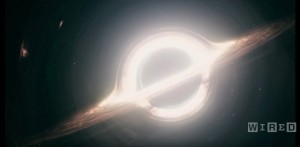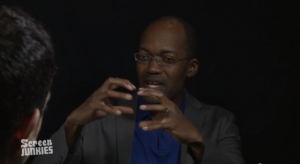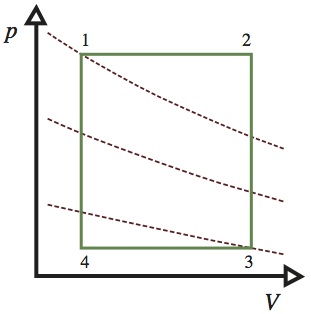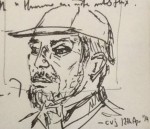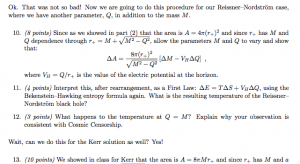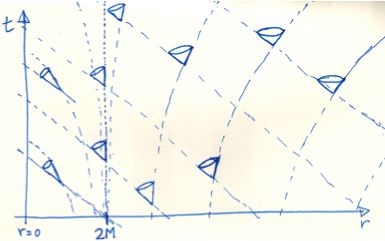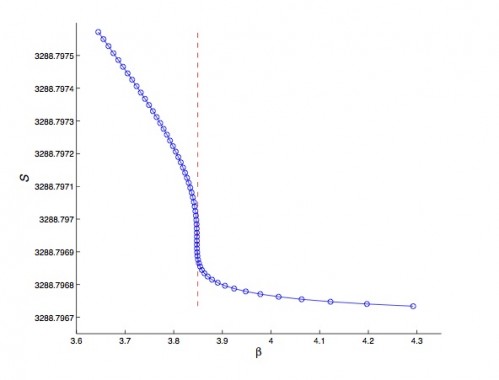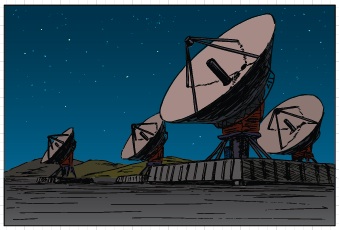Hanging out at Screen Junkies!
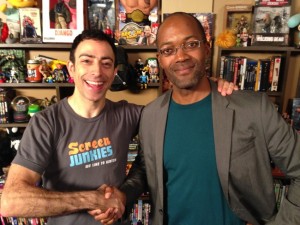 Just finished another enjoyable hour of chatting about movies and science with the Screen Junkies guys! You’ll recall the fun results of the last two (see here on Time Travel and here on Guardians of the Galaxy). We were talking about… wait for it… Interstellar! Their legions of fans have been shouting at them to do something about the science in Interstellar for weeks now, and they heard them, and called me in to chat. In the course of an hour we talked about a lot of fun things, but remember – they’ll cut it all down to 5 minutes or so, and so we won’t get to a lot of things. I do not know what bits will be used… (It will be different from my spoiler-free recent Interstellar discussion.)
Just finished another enjoyable hour of chatting about movies and science with the Screen Junkies guys! You’ll recall the fun results of the last two (see here on Time Travel and here on Guardians of the Galaxy). We were talking about… wait for it… Interstellar! Their legions of fans have been shouting at them to do something about the science in Interstellar for weeks now, and they heard them, and called me in to chat. In the course of an hour we talked about a lot of fun things, but remember – they’ll cut it all down to 5 minutes or so, and so we won’t get to a lot of things. I do not know what bits will be used… (It will be different from my spoiler-free recent Interstellar discussion.)
In my previous visits there I’d never got to see the famous Screen Junkies wall in front of which they have conducted so many fun interviews (see their site […] Click to continue reading this post

